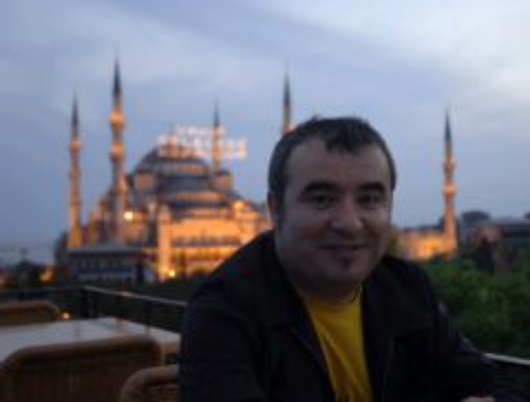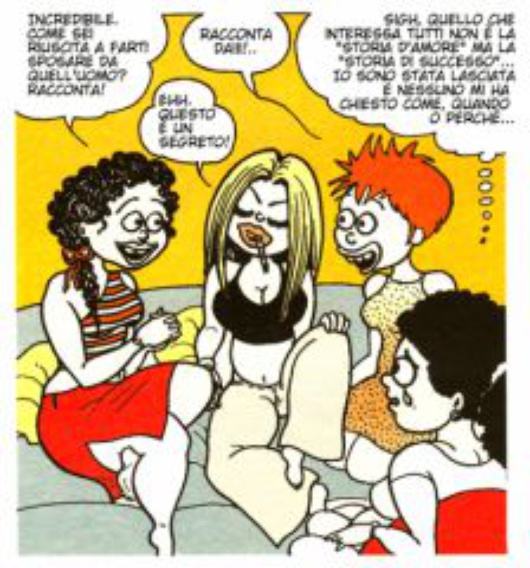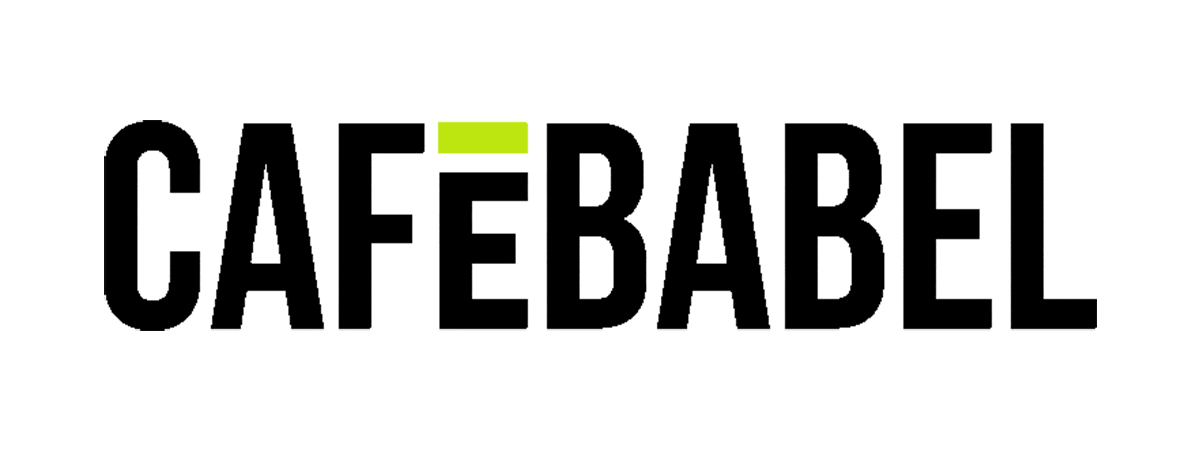Turkey laughing
Published on
Thanks to Mirada linEa presents An interview to the editors of the magazine Leman
by Elettra Stamboulis, part I This is the result of an interview with one of the founders of the turkish magazine Leman, Mehmet Çağçağ, and somehow also to another master of the same magazine, Tuncay Akgün.
I thought it would be unuseful to present also questions as far as from the answers you can understand the contest. Reading, you will see it is the story of a comics magazine, but at the same time it offers a view of turkish society in the last years. Check also the video interview here.
In the beginning was a lemon
I was born in 1959. I studied at the fine arts faculty of Mimar Sinan University in Istanbul. During my education I started taking my caricatures to the world’s third biggest humour magazine: Gırgır. That magazine was a phenomenon in Turkey. It had a circulation of 500.000 copies weekly. As it had been read by mostly high school-university students, young people; these people left the magazine after they finished reading, at the cafes, in the classrooms, on the tables...So, according to the researches, at least 2 500 000 people were reading the magazine each week.

The magazine, which was 16 pages, reached the peak during the military junta. Because while no one could oppose, we could draw the junta generals on our covers. While the newspapers could not write one single word, we could draw characters resembling the generals and oppose, criticise in the hardest possible way. And we could do that with funny jokes, in a very entertaining way. Being the caricaturists at the best positions of Gırgır, there was something limiting us. The magazine was being read by the whole society : from kids to old people , from conservatives to democrats... Everybody read it, so the magazine had to please everyone , respect everyone.... We started a little getting bored of not being able to draw the things we want to draw.
The fight for freedom was not only against the junta for us. Oppose against fachists, radical islamic communities, taboos, feodality, political and cultural imperialistic elements....That could not be possible in Gırgır. So in 1986, we as a group of caricaturists, decided to seperate and established a new magazine Limon , which today keeps living under the name Leman. We were marginal compared to Gırgır, Gırgır was main-stream... But in time, Gırgır vanished slowly, we survived. 5 years with Limon, 15 years with Leman, we became an “ecole” in 20 years after Gırgır. Our style is sweet-bitter, entertaining opposition, critisizm.
3rd page of Leman contains criticism about events, news, people, activities. Two writers write articles (mostly) about political issues , critics, researches, literature, sociology, history... The rest is social humour with drawing and writing. Our humour generally contains state and condition of turkish people: family, youth, older people, conservatives...And characters based on the popular figures... And particular caricatures...

The last page of the magazine is our source, fountain of new caricaturists. Young, amateur caricaturists meet the readers here, their development can be observed and some of them jump into the magazine from here and become professionals. Leman has a activist , actionist attitude too. Turkey’s biggest civil society activity “Sürekli Aydınlık için Bir Dakika Karanlık” was initiated by Can Yücel in Leman Cafe . He turned the whole lights off first. (that was an activity like turning off the all lights every night at 9 o’clock in 1997 . And was very succesfull. Can Yücel was a very important poet. He wrote his poems in Leman in his last years. We lost him in 1999).
In Limon’s first days, The Junta General became the president of republic, a character named “netekim” created in Limon (“netekim” was the one word the General used a lot to combine two sentences and he pronounced it wrong. İt meant “as a matter of fact”) And the book of this character was the best seller of those years. On the other hand , the immigration from rural areas to the big cities was starting to speed up in those years.The collision between the culture of city people and the immigrants’ culture during the process of urbanisation was the other subject to work on for Limon. Our fight was to enlarge our space of freedom in a period of pressure. What we wrote and draw became subject to thesis’of universities in those days.
The caricaturists like to tell the stories by using characters. That is the skill, talent, mastery part of the work. A good caricaturist create a character in time and by this way he/she forms a better contact with the reader and can impress him/herself better to the reader. The characters, the heroes of us dont have the super-over natural powers but the ones who has the power makes fun of the american heroes.



